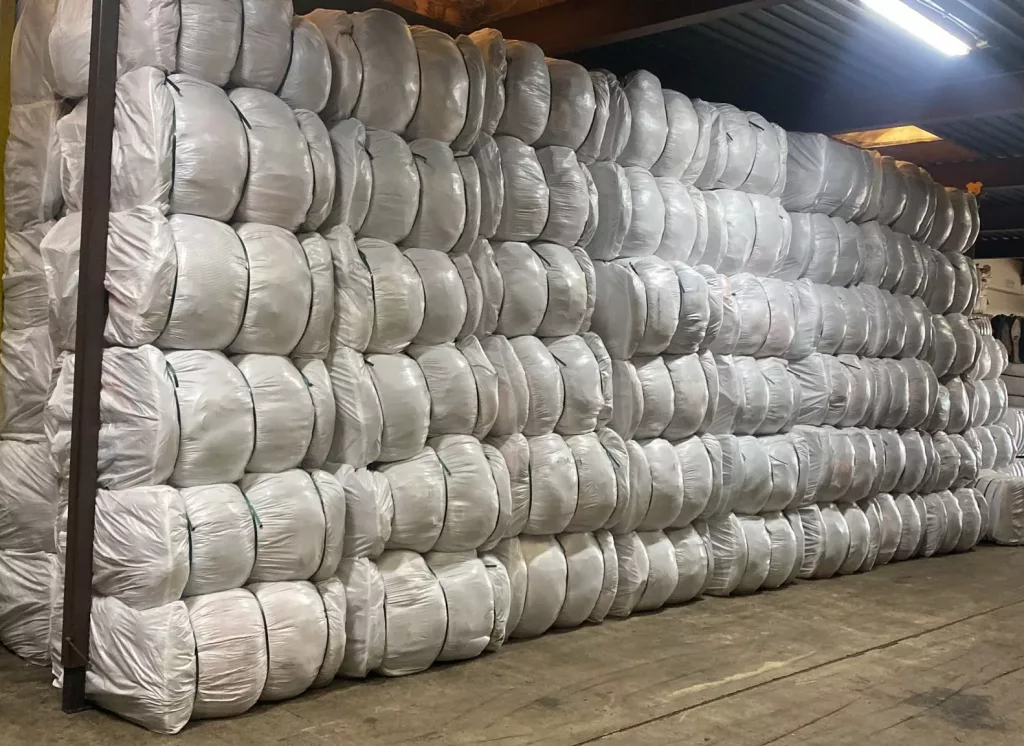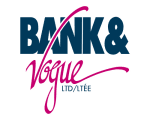In the expansive world of global commerce, one market segment stands out for its efficacy, adaptability, and cultural significance: the graded goods market.


From the bustling streets of Africa to the chic vintage shops of Europe, the vibrant markets of Latin America, Pakistan and India to the tech-savvy hubs of the United States, the graded goods market is as diverse as it is unique, shaped by economic conditions, technological advancements, and consumer preferences.
How Local Economies Thrive In Africa
In many African countries, the graded goods market isn’t just a facet of commerce; it’s a lifeline for communities. Vibrant and bustling, these markets consist of informal street vendors, flea markets, and thrift shops where second-hand clothing, electronics, and household items find new homes.
In Nigeria and Ghana, the phenomenon of “bend-down boutiques,” where second-hand clothing from Western countries finds eager buyers, underscores the market’s significance.
These markets contribute affordable goods and offer a variety of jobs that help Africa’s local economies flourish.
Europe: Where Tradition Meets Innovation
Europe boasts a well-established graded goods market that seamlessly blends tradition with innovation. From the iconic thrift stores popular in the UK, Germany, and France to the trendy vintage shops catering to fashion enthusiasts, Europe offers a plethora of options for consumers seeking pre-loved treasures.


Latin America’s Diversity & Variation
In Latin America, the graded goods market is as diverse as the region itself. From informal street vendors peddling second-hand clothing to thriving markets for “ropa usada” or “ropa americana,” each country brings its unique flavour to the mix.
The market’s landscape varies between urban and rural areas, reflecting the complex socioeconomic dynamics at play.
Second-Hand Opportunities In Pakistan and India
Karachi and Lahore emerge as major hubs in Pakistan’s graded goods landscape.
Lahore has a bustling textile industry, with numerous markets and workshops dedicated to sorting, repairing, and repurposing second-hand clothing and textiles.
Karachi, the largest city in Pakistan, also has a significant presence in the textile industry, including the sorting of second-hand textiles. Here, consumers can explore a plethora of options, ranging from second-hand shops to flea markets and online platforms. Pakistan’s graded goods market includes clothing, electronics, and household items.
In India, a prominent hub for sorting second-hand textiles is the city of Panipat in the state of Haryana. Panipat is known as the “City of Weavers” and has a significant presence in the textile industry, including the sorting and processing of second-hand textiles.
The market’s blend of formal and informal channels mirrors Pakistan’s dynamic economic landscape, offering opportunities for both buyers and sellers alike.
A Graded Goods Powerhouse: The United States of America
In the United States, the graded goods market epitomizes diversity and dynamism. Charities such as Goodwill and Salvation Army are household names, offering through their thrift stores everything from clothing to furniture at affordable prices.
Texas, California, New York, and Florida have emerged as powerhouses for sorting textiles and graded goods, each leveraging unique strengths to become key players in the industry.
In Texas, cities like Houston benefit from their strategic location and robust logistical infrastructure, facilitating the efficient sorting and processing of textiles. California, with its fashion-forward cities like Los Angeles and San Francisco, thrives on innovation and sustainability initiatives, driving the demand for eco-friendly sorting practices. New York, as a global fashion capital, boasts a vibrant marketplace and sophisticated supply chain networks, making it a natural hub for textile sorting and distribution. Meanwhile, Florida’s proximity to Latin American markets and its tropical weather contribute to the demand for high-quality sorted goods.
Online platforms such as eBay, Craigslist, and Facebook Marketplace have democratized the market, empowering individuals to buy and sell with a level of flexibility and ease that accelerates these markets.
Vintage stores cater to discerning consumers seeking unique and retro finds, reflecting the market’s rich offerings.
Each region has a different level of formalization and organization of the graded goods market, the types of goods available, consumer preferences, alongside regulatory frameworks and import/export policies that fundamentally impact the second-hand markets in each of these regions.
Opportunities & Challenges
Despite its resilience, the graded goods market faces challenges on multiple fronts. Complex materials, contamination issues, and scalability hurdles pose significant obstacles to textile recycling initiatives.
However, innovative solutions, such as leveraging artificial intelligence for grading processes and advancing textile-to-textile recycling technologies, offer glimpses of a more sustainable future.
Some examples of AI in action within the graded goods market include AI algorithms that can recognize clothing items by colour, pattern, style, and condition; fabric composition analysis, sizing and fit prediction, and the ability to detect defects or clothing imperfections.
Recycling fiber to fiber is another exciting opportunity for the textile industry. This refers to the process of converting used textiles or fibers into new fibers or textiles through recycling. Instead of discarding old or unwanted textiles, such as clothing or fabric scraps, they are collected, sorted, and processed to extract the fibers. These fibers are then cleaned, treated, and spun into yarn or other forms suitable for weaving or knitting new textiles.
This closed-loop recycling approach helps reduce the demand for virgin materials, conserves resources, and minimizes waste generation. Recycling fiber to fiber is an important aspect of sustainable textile production, contributing to the circular economy by keeping materials in use for as long as possible and reducing the environmental impact of the fashion and textile industry.
The challenge lies in achieving cost competitiveness and scalability without compromising environmental sustainability. There is a need for continued research and development to refine recycling technologies, streamline production processes, and lower operational costs. Additionally, collaboration between industry stakeholders, policymakers, and investors is essential to address regulatory hurdles, incentivize investment in sustainable practices, and foster a more supportive ecosystem for textile recycling initiatives to thrive in the long term.
The Future Of Graded Goods
The graded goods market represents a microcosm of global commerce, reflecting the interplay between culture, economics, and innovation. As we navigate the challenges and opportunities that lie ahead, one thing remains clear: the graded goods market will continue to evolve, adapt, and thrive, fueled by a shared vision of sustainability and inclusivity.
As a trusted second-hand broker with over 25 years of experience, we have been managing the trade of these goods between suppliers and customers around the world.
Need a partner in the used market? Click here.








